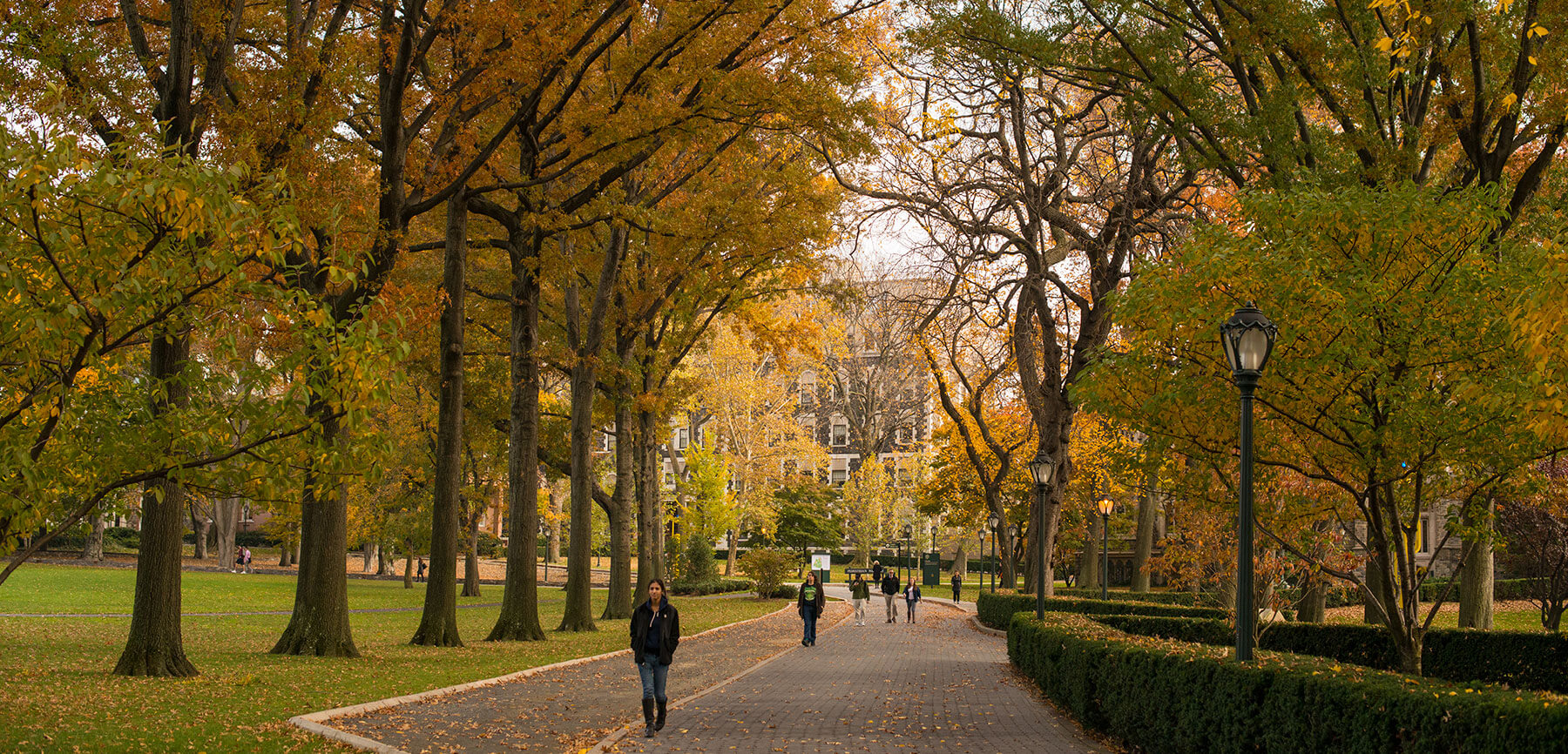
However compelling the case may be for transfer students, administrators of selective colleges have traditionally neglected them as applicants. They’ve stated that they were already inundated with applications from high school seniors with excellent qualifications. This institutional bias has been an obstacle to college students aspiring to transfer.
More than one-third of students transfer in the process of earning a bachelor’s degree. The reason why top colleges haven’t accepted a proportional share of transferees has never really been clear despite the rationale above. Perhaps it’s hauteur, preoccupation with high school seniors, or simply the inability to recognize a good opportunity.
Indications of a Counter-Trend
Fortunately, it appears that a reversal of this long-standing bias is afoot. The attitude of top college administrators toward transfers is improving. For example, the University of California reported in 2018 that it had accepted more transfer students than in any previous year. Even more significantly, Princeton announced that there were 13 transfer students among the 1,300 admitted for the 2018 fall semester. This marked the first time since 1990 that any transfer students had been admitted to Princeton, which is often considered the #1 university in the U.S.
Reasons for the Counter-Trend
Several factors account for the increasing importance transfer students:
- Transfer students help sustain an institution’s revenue by replacing students who leave after freshman, sophomore, and junior year.
- After years of growth, the number of international students applying to transfer to American colleges is declining, due largely to the nation’s increasingly restrictive policies on immigration. Other English-speaking countries with excellent universities such as Canada and Australia have become comparatively more attractive to foreign students.
- The rise in the acceptance of transfer students is partially due to demographic shifts that have led to a decline in the population of high school seniors.
- A contributing factor to the rise of transferee acceptance is that their academic credentials have improved. In a New York Times article, Alina Tugend noted that, “Another reason for welcoming transfer students is that many colleges now realize that a high portion of the transfer students they turn away are just as good as the seniors that they accept”.
- Transfer students help colleges maintain racial, ethnic, and socioeconomic diversity because the annual attrition of students affects their diversity in unpredictable ways.
- Transfers raise one of a college’s most important metrics; the yield rate. Yield rate measures the percentage of students who are offered admission, accept it, and go on to attend the college. According to a survey conducted by the National Association for College Admission Counseling (NACAC), 66% of transfer applicants who were admitted to a college went on to attend it compared to only 28% of high school seniors. Colleges value the improvement in yield provided by transfers.
- The U.S. Department of Education has recently added to the incentives for colleges to admit more transferees. In the past, transfer students were statistical non-entities because they weren’t included in the Department’s Integrated Postsecondary Education Data System. This database maintains the performance results of colleges, many of which affect its reputation. Policymakers and regulators use this data to assess the performance of colleges. It’s also used in college ranking computations. The System now includes data relating to transfer students, so colleges will consider transfer students as equals regarding their impact on statistical performance.
- Also helpful to transfer students is the fact that in 2018, NACAC addressed a problem that many transfer students have faced; being asked to make a deposit to guarantee their spot at a college before knowing how many of their credits will be transferred or the financial aid they will receive. NACAC modified its code of ethics to specify that colleges must provide transfer students with a good-faith estimate of how many of their credits will be applied to their degree in addition to a financial aid notification before requiring that a deposit be made.
Gaining admission to your dream school is more difficult as a transfer student than it is as a high school senior. Even more persistence is required to persuade an admissions office to admit you as a transferee because your academic record is more complex than a senior’s.
Louis Educational Consulting advises that you seek to transfer to not just to one favored college but to several colleges that fit you better than your current one. With our strategic guidance and expert assistance, you’ll raise your competitive stature and optimize your attractiveness as a transfer applicant.
